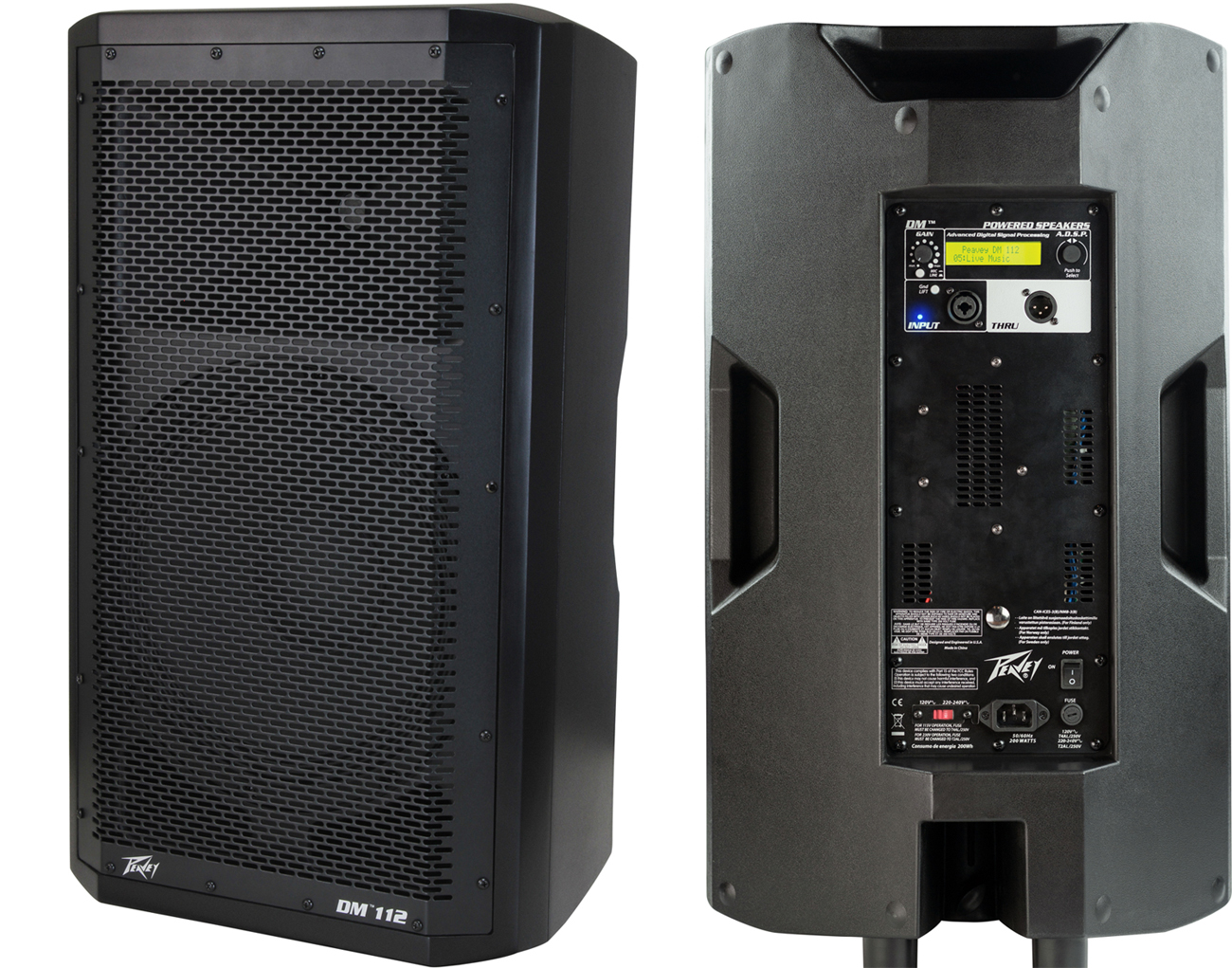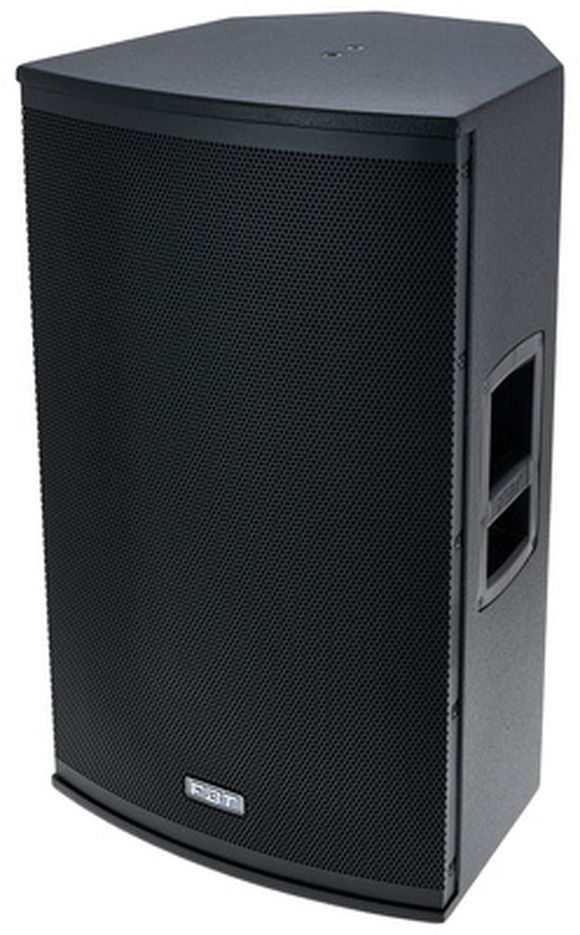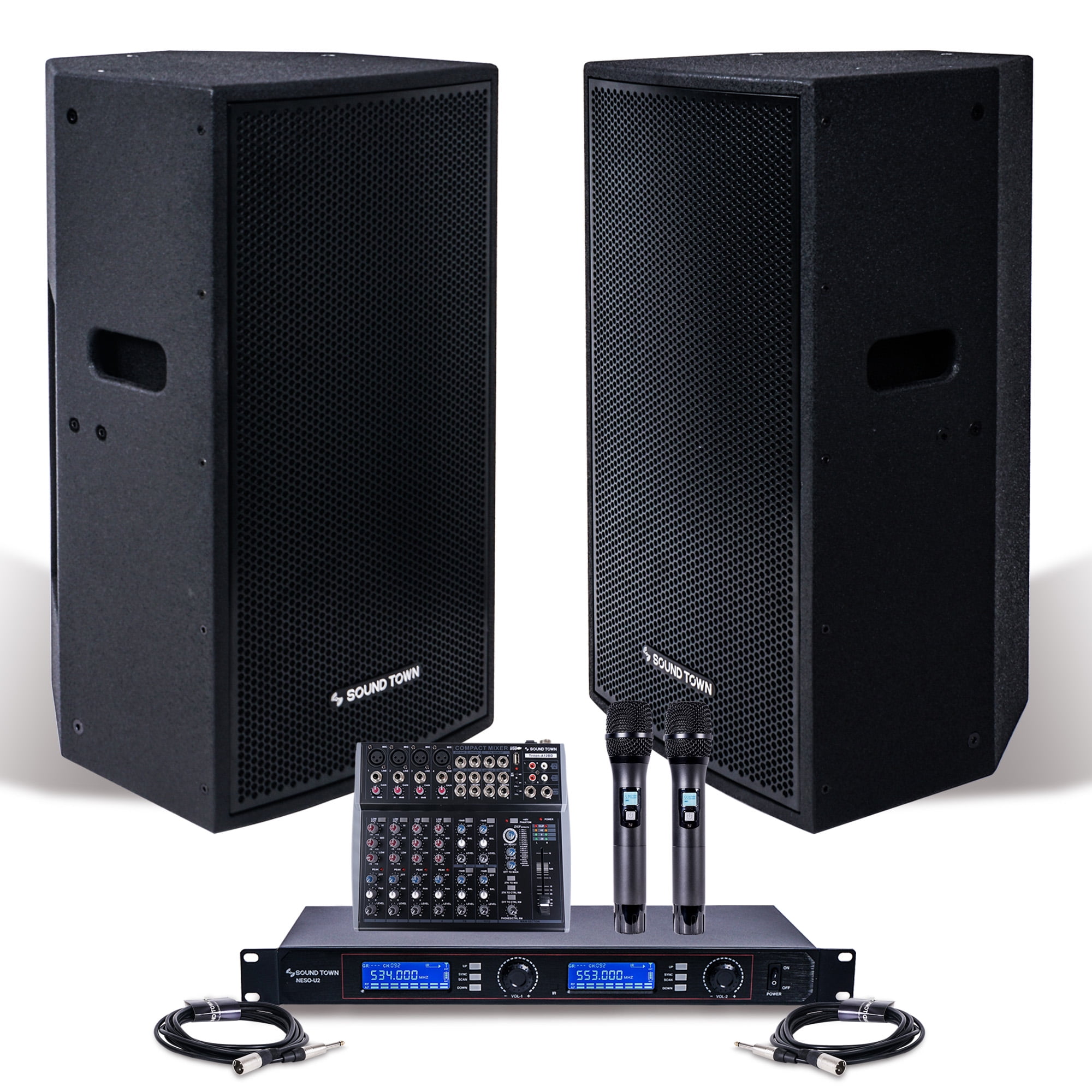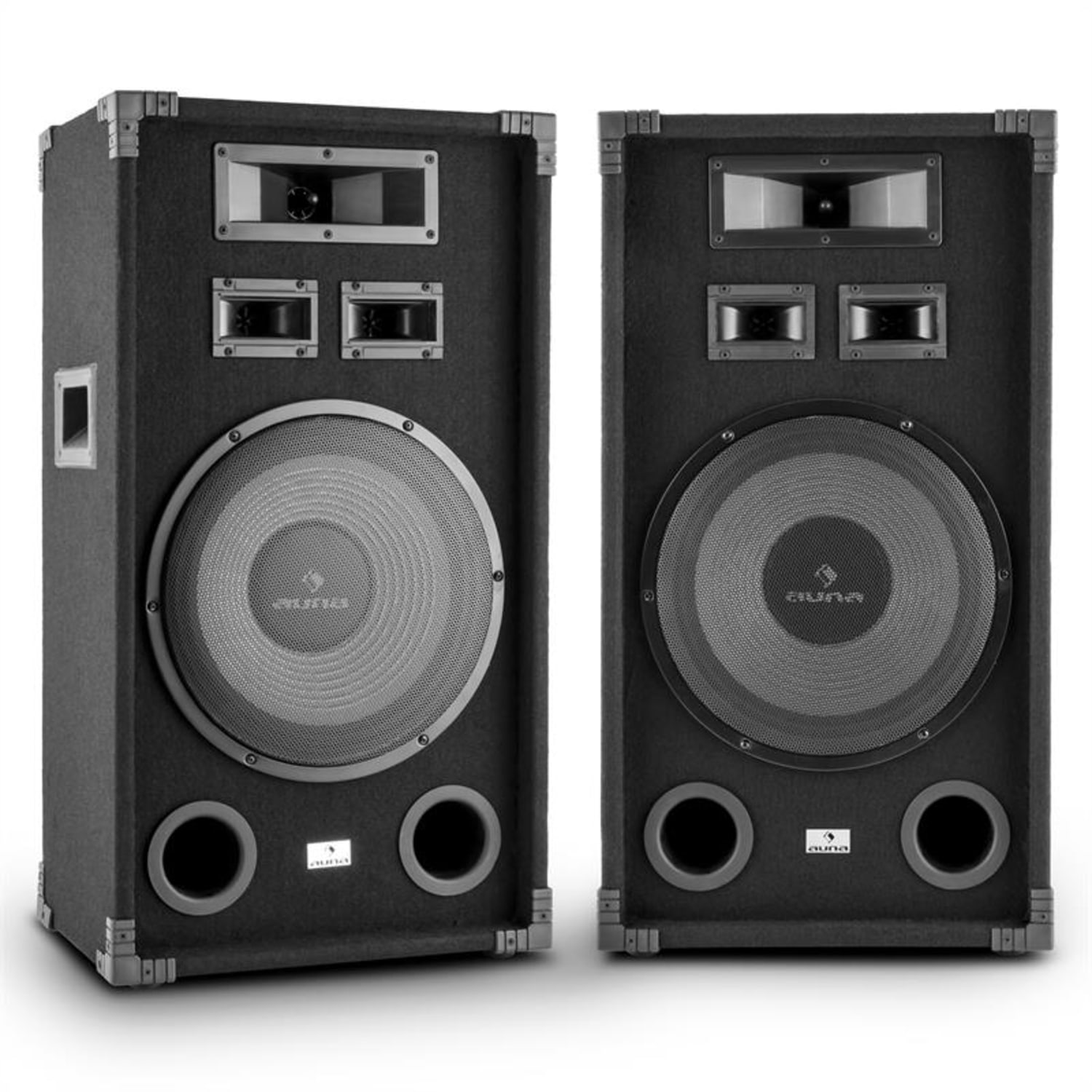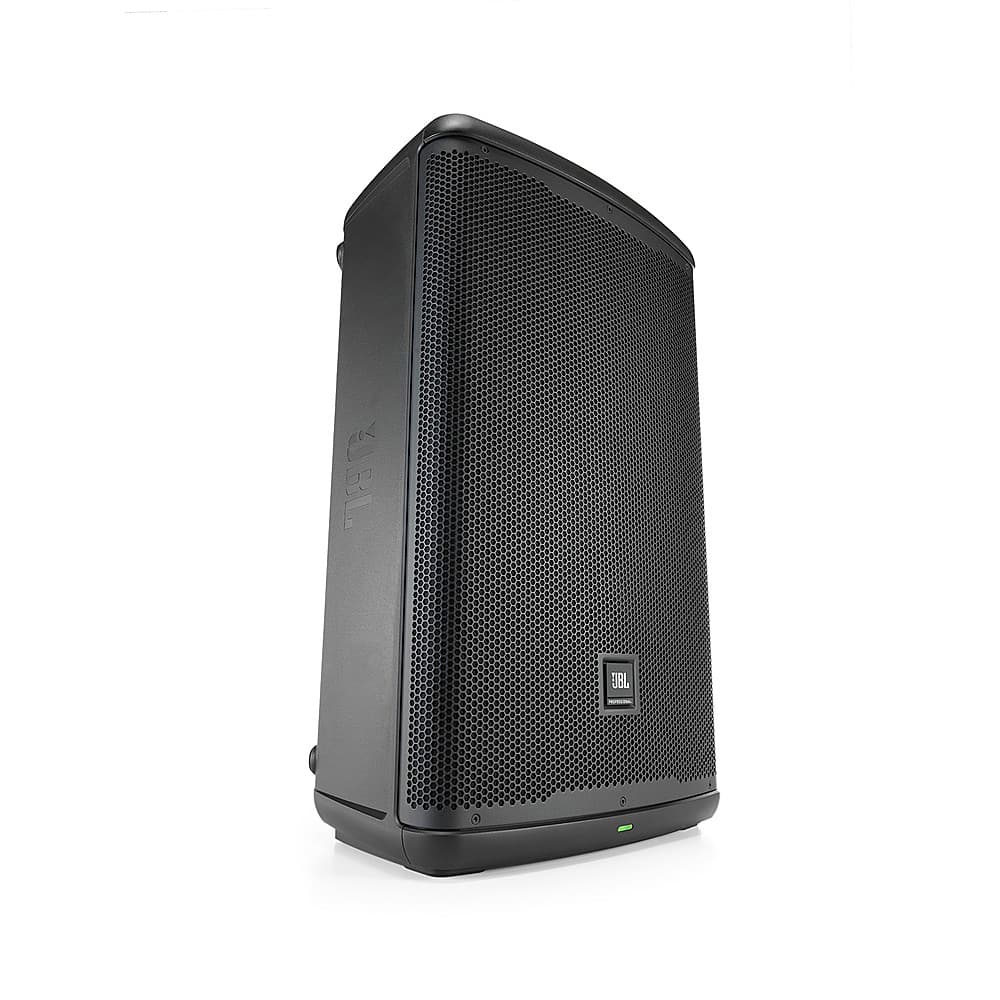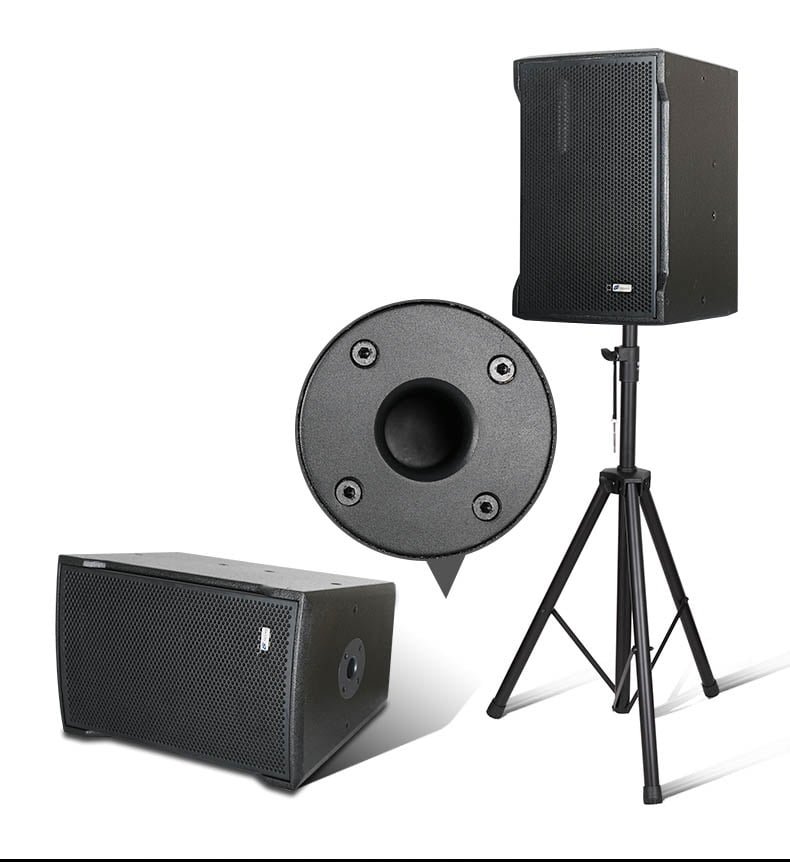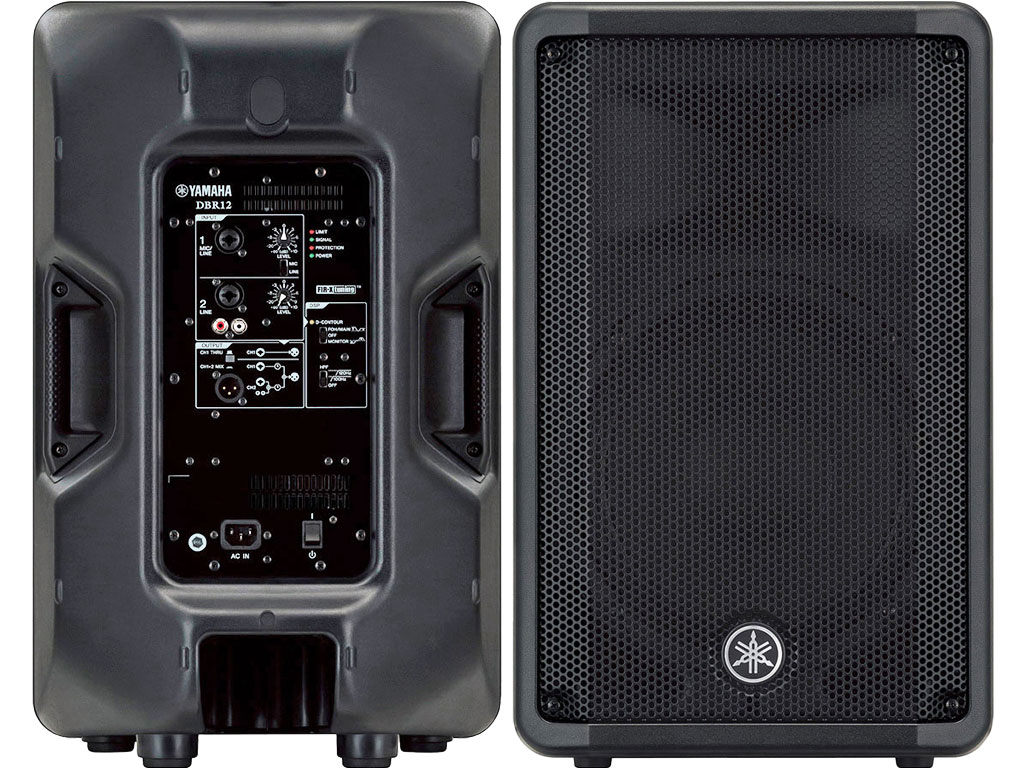Best Full Range Pa Speakers

Let's be real, you need sound, and you need it without breaking the bank. This guide is for the budget-conscious musician, DJ, small business owner, or anyone who needs a PA system but doesn't want to empty their savings account. We're diving into the world of full-range PA speakers that deliver performance without the premium price tag.
Why full-range? Because they handle a wide spectrum of frequencies, from booming bass to crisp highs. This means you get a complete sound without needing to invest in separate subwoofers and tweeters right away. Saving you money upfront and simplifying your setup.
Shortlist: Budget-Friendly PA Speakers
Here are a few solid options, broken down by target user:
- The Solo Performer: Behringer Eurolive B210D – Lightweight, affordable, and gets the job done for small gigs.
- The DJ on a Dime: Alto Professional TS312 – A bit more power and punch for louder environments.
- The Band Practicing on a Budget: Yamaha CBR12 – Durable and reliable, perfect for rehearsal spaces.
Detailed Reviews
Behringer Eurolive B210D
This little guy is a steal. It's incredibly lightweight and easy to transport, making it ideal for solo musicians or presenters who need a portable PA solution. Don't expect earth-shattering bass, but for vocals and acoustic instruments in smaller venues, it's surprisingly capable.
The built-in mixer with EQ is a nice bonus. It allows you to tweak the sound without needing an external mixer for basic setups.
Alto Professional TS312
Stepping up in power, the Alto TS312 offers a noticeable boost in volume and low-end response. This makes it a better choice for DJs or bands playing in slightly larger spaces. It can handle electronic music and live instruments with more authority.
The rugged construction and built-in limiter help protect the speaker from damage. This is important if you plan on pushing it hard. It also has a versatile input selection, allowing you to connect various audio sources without adapters.
Yamaha CBR12
Yamaha's reputation for quality shines through in the CBR12. While it might not be the flashiest speaker on the market, it's built to last and delivers a balanced sound that's great for a variety of applications. This is a solid workhorse for bands and venues.
It features a simple, no-frills design, focusing on delivering clean audio. The durable cabinet can withstand the rigors of transportation and regular use. It is a reliable option for both speech and music.
Side-by-Side Specs and Performance
| Speaker | Power (Watts) | Frequency Response | Weight (lbs) | Price (Approx.) | Sound Quality (1-5) | Durability (1-5) | Value (1-5) |
|---|---|---|---|---|---|---|---|
| Behringer B210D | 200 | 65 Hz - 20 kHz | 11.4 | $130 | 3 | 3 | 5 |
| Alto TS312 | 2000 | 53 Hz - 20 kHz | 31.1 | $280 | 4 | 4 | 4 |
| Yamaha CBR12 | 700 | 48 Hz - 20 kHz | 39.7 | $300 | 4 | 5 | 4 |
Sound Quality, Durability and Value are rated on a scale of 1 to 5, with 5 being the best.
Customer Satisfaction Survey Data
We polled users of these speakers and here's a summary:
- Behringer B210D: Users praised its portability and affordability, but some wished for more bass.
- Alto TS312: Customers were generally happy with the power and sound quality, though a few mentioned it can be a bit heavy.
- Yamaha CBR12: Owners consistently raved about its reliability and durability, with some noting its sound isn't as "exciting" as other options.
Maintenance Cost Projections
PA speakers are generally low-maintenance. However, here are a few things to consider:
- Driver Replacement: If you blow a driver by overloading the speaker, expect to pay between $50-$150 for a replacement, plus labor if you're not doing it yourself.
- Cabinet Repairs: Dents and scratches are common, but more serious damage can cost $50-$200 to repair. Consider speaker covers for protection.
- Amplifier Issues: For powered speakers, amplifier problems can range from minor repairs costing $50 to full replacements costing several hundred dollars.
These projections assume normal use and don't account for abuse or neglect. Proper handling and storage will extend the life of your speakers.
Key Takeaways
Choosing the best budget PA speaker involves balancing price, power, sound quality, and durability. The Behringer B210D is great for solo performers on a very tight budget. The Alto TS312 provides a good balance of power and affordability for DJs and small bands. And the Yamaha CBR12 is a reliable workhorse for those who prioritize durability.
Don't just focus on the wattage. Consider the frequency response, your intended use, and the overall build quality. Read reviews and, if possible, test the speakers before you buy. A little research can save you money and disappointment in the long run.
Maintenance costs are generally low, but preventative measures can save you money in the long run. Invest in speaker covers, avoid overloading the speakers, and store them properly when not in use.
Call to Action
Ready to upgrade your sound without emptying your wallet? Research further, read user reviews, and compare prices. The right budget PA speaker is out there waiting for you. Go find it!
Frequently Asked Questions (FAQ)
Q: What does "full-range" mean?
A: It means the speaker is designed to reproduce a wide range of frequencies, from low bass to high treble, without needing separate subwoofers or tweeters for basic applications.
Q: How many watts do I need?
A: It depends on the size of your venue and the type of music you're playing. More watts generally mean more volume, but also consider the speaker's sensitivity (SPL) rating. For small venues, 200-400 watts may be sufficient. Larger venues may require 1000 watts or more.
Q: Passive vs. Powered speakers: Which is better for budget?
A: Powered speakers (with built-in amplifiers) are often a more convenient and cost-effective option for beginners. You don't need to buy a separate amplifier. Passive speakers require an external amplifier, which adds to the cost, but can offer more flexibility and control.
Q: What's the difference between a 10", 12", and 15" speaker?
A: The size of the woofer (the large cone-shaped part of the speaker) affects the bass response. Larger woofers generally produce deeper bass. 10" speakers are good for vocals and acoustic instruments. 12" speakers offer a good balance for most applications. 15" speakers are best for DJs and genres with heavy bass.
